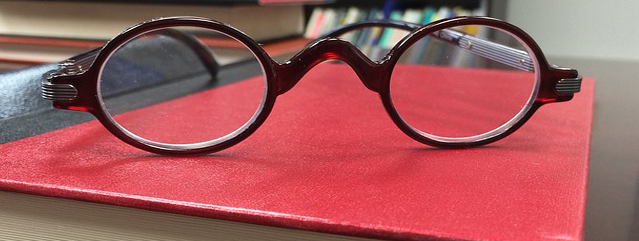Hermit Crab Essay

If you’re looking for a unique way to write an essay, to bend the genre, how about writing a Hermit Crab Essay? “This kind of essay appropriates existing forms as an outer covering, to protect its soft, vulnerable underbelly,” Brenda Miller and Suzanne Paola write in their co-authored non-fiction craft book, Tell It Slant. The metaphor of the hermit crab is fitting. They are born without shells, and need to find an empty shell in order to protect themselves. As Brenda and Suzanne write in their book, the same goes for “an essay that deals with material that seems born without its own carapace—material that is soft, exposed, and tender, and must look elsewhere to find the form that will contain it.”
This past summer, I attended a hermit crab essay class taught by Brenda Miller at Vermont College of Fine Arts. She began by having us list the numerous existing “outer coverings.” Here’s a sampling of what we came up with: recipe, field guide, Craig’s List ad, bibliography, syllabus, math problem, text message, prescription side effects, blog post, phone call, email, love note, resume, restaurant menu. She then asked us to choose one and see what creative content the form suggests. As Brenda noted in her piece about the hermit crab essay published in Brevity, “This is the essential move: allowing form to dictate content. By doing so, we get out of our own way; we bypass what our intellectual minds have already determined as “our story” and instead become open and available to unexpected images, themes and memories.” Also, this form gives “creative nonfiction writers a chance to practice using our imaginations, filling in details, and playing with the content to see what kind of effects we can create.”
Since I was in the mood “to play with the content” on the day I attended Brenda’s class, I chose side effects of a prescription narcotic:
This narcotic, if taken as directed, will result in a lasting high, and a sense of total freedom. Within thirty minutes of taking this narcotic, your attitude will change from worry to “I don’t give a damn about anything.” You will be able to eat as much as you want of whatever you like – Devil Dogs, Twinkies, potato chips – and not care if you gain weight. If anything, you will likely lose weight. There is no maximum dose. It is perfectly fine to operate a vehicle, vessel, Saturn V Rocket or The Millennium Falcon, or any kind of machinery, and even drink alcohol while taking this narcotic. If you experience any of the following we recommend you take an extra dose immediately: a sudden ability to speak in parseltongue, the strength and flexibility to maintain warrior three pose for more than fifteen minutes, the brain energy to move objects with your mind, the ability to convince your spouse that you are no good in the kitchen, the acting skills to persuade your boss to allow you to work ten hours a week and get paid for forty, and the chutzpah to convince your mother-in-law that she is wrong about most things.
Warning: Literal interpretation of the above essay is dangerous and harmful to your health.
Do you have an existing “outer covering” to add to the above list? Do you have an essay in need of a shell? Since the new year is only two days from now, why not write an essay in the form of a resolution list? If you’ve already found your protective shell, please don’t be shy about sharing it.
Happy New Year!
Read More





Recent Comments